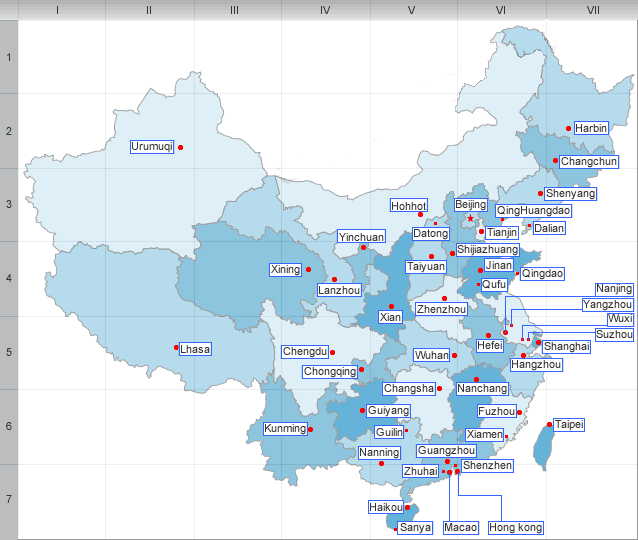History of Guangdong
History
Guangdong was far away from the centre of ancient Chinese civilization in the north China plain. It was populated by peoples collectively known as the Hundred Yue, who may have been Tai-Kadai and related to the Zhuang people in modern Guangxi.
Chinese administration in the region began with the Qin Dynasty, which set up Nanhai Commandery at Panyu, near what is now part of Guangzhou. It used to be independent as Nanyue between the fall of Qin and the reign of Emperor Wu of Han. The Han Dynasty administered Guangdong, Guangxi, and northern Vietnam as Jiao Province. Under the Wu Kingdom of the Three Kingdoms, Guangdong was made its own province, the Guang Province, in 226.
As time passed, the demographics of what is now Guangdong slowly shifted to (Han) Chinese-dominance, especially during several periods of massive migration from the north during periods of political turmoil and/or nomadic incursions from the fall of the Han Dynasty onwards. As more migrants arrived, the local population was gradually assimilated to Han Chinese culture, or displaced.
As Mongols from the north engaged in their conquest of China in the 13th century, the Southern Song Dynasty retreated southwards, eventually ending up in today’s Guangdong. The Battle of Yamen (Yashan) 1279 in Guangdong marked the end of the Southern Song Dynasty (960-1279).
Since the sixteenth century, Guangdong has had extensive trade links with the rest of the world. European merchants coming northwards via the Straits of Malacca and the South China Sea, particularly the Portuguese and British, traded extensively through Guangzhou. It was the opium trade through Guangzhou that triggered the Opium Wars, opening an era of foreign incursion and intervention in China.
During the early 1920s of the Republic of China, Guangdong was the staging area for the Nationalist Party. Japanese forces occupied the province in 1938-1945. The Chinese People’s Liberation army took Guangdong province (not including Hainan Island and Leizhou Peninsula, etc) on Oct 29, 1949.
In recent years, the province has seen extremely rapid economic growth, aided in part by its close trading links with Hong Kong, which borders it.
| PREV:Administrative divisions and Tourism of | Next:Geography and climate of Guangdong |



